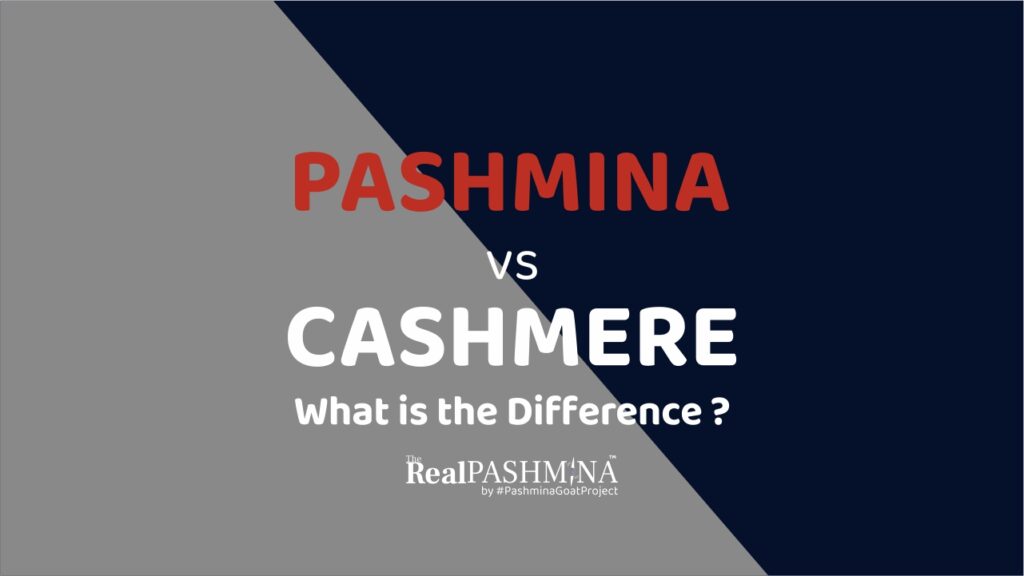
Pashmina Vs Cashmere. What is the Difference ?
It was the 15th century when a saint from Persia visited Kashmir. His name was Mir Sayyid Ali Hamdani. He was an Iranian scholar, poet and a Sufi Muslim saint of the Kubrawiya order. He was born in Hamadan, Iran and preached Islam in Central Asia and Kashmir as he travelled to practice Sufism.
Hamadan died in Kashmir and was buried in Khatlan, Tajikistan. Hamadani was also addressed honorifically throughout his life as the Shāh-e-Hamadān (“King of Hamadan”). Hamdani had come to preach Islam to the local community in Kashmir. On his visit, however, he discovered a rare goat species in the region of Ladakh, Himalayas. This goat not only looked exotic, but also produced an exceptionally soft wool type that was never ever discovered before. The saint immediately ordered it’s acquisition and processing, and when the wool was processed to fine fabric, he ordered socks to be made from it. The socks that were made from this wool were of exceptional quality, and the saint decided to gift it to the then king of Kashmir Zain ul Abidin. The king was highly impressed, and soon inquired about this wool type. On knowing its origins, he ordered processing units to be set up to process this fine wool. Since it was discovered by the saint from Persia, the wool was called ‘Pashm’. Hamdani invited a large number of craftsmen and artisans from Persia, who were masters in spinning and weaving this wool. They trained the locals to spin and weave this newly discovered Pashm wool, and handcraft shawls, scarves, socks, wraps, and even apparel from this heavenly soft wool which was a precious discovery of it’s time. These wearables came to be known as Pashmina shawls and Pashmina scarves.
There is a lot of confusion about Pashmina and Cashmere and this confusion has almost destroyed the Pashmina Eco-System in many ways. Wool is acquired from sheep, but Cashmere wool as a general term, is actually the Goat Hair. A rare goat of Ladakh grows it as a down coat on its underbelly, neck, and behind the ears. It is smooth, soft, and immensely warm. The goat grows it as a defence mechanism against the harsh cold that this region experiences (-40 degrees C in winters). This wool keeps it extremely warm and safe for the goat. And in summer, the hair on its body is professionally combed off by the Chagpas, with the help of specialized combs. Hence the goat is free, and herders are left with the exceptionally soft and warm wool.
This fine wool is sent to Kashmir for processing. Processing starts with cleaning this wool as it is full of foreign materials like dust, vegetable remains, shrub, thorns, etc. It is cleaned by women who take a few days (even weeks) before passing it forward as fully clean raw wool. Next, it is handed over to spinners, who spin it on a spinning wheel and convert lumps of wool to fine yarn. This delicate yarn then undergoes the process of SPINNING, PRE-LOOM and WEAVING and Finishing processes over a period of several months (sometimes more) before it reaches into the hands of the customer. This complete process is an art form in itself that creates this piece of Luxury called The Real Pashmina.
Now, to understand the basic difference between Pashmina and Cashmere, we need to understand that it is the subspecies of the goat that make the main difference between Cashmere and Pashmina. Cashmere shawls are those that are made of the wools of the Himalayan Goats but Pashmina is exclusively made from a specific breed of Mountain Goat called Capra Hircus (Pashmina Goat). So, we can safely say that Pashmina is a variety of Cashmere, but it is not that simple.
The main difference, between these two materials, is the diameter of the fabric. Pashmina fibre is thinner (about 10-13 Microns) and the basic Cashmere fabric is 16-20 Microns in diameter. Due to the thin texture and the delicate nature of the Real Pashmina fibre, it is necessary to hand-spin the wool and manually weave it to make beautiful Stoles, Shawls and Blankets with utmost care. On the other hand, Cashmere is harder and is easier to spin and the reason why it is cheaper. If you closely compare these two types of wool, you can find that Pashmina is far more soft and delicate when compared to Cashmere. However, only the experienced and experts in this field can make the differentiation.
This confusion between Cashmere and Pashmina, from the customer perspective has been around from centuries. After all, the creation of Pashmina given to the world by a beautiful natural process is a time consuming and intricate process. It is this time consuming and delicate process of making a Pashmina shawls that make it a real sustainable luxury product.
The unbreakable bond of The Real Pashmina (Soft Gold) with Kings, Queens and Royalties from centuries has played a key role in helping the communities survive in this region of Himalayas. The skills are passed from one generation to the next and this beautiful yet fragile eco-system continues to preserve itself from centuries.
#TheRealPashmina #RealPashmina #PashminaGoatProject #PashminaShawl
Recent Posts

14 December 2023
Original Handmade Real Pashmina Shawls for Sale
Indulge in the Timeless Luxury of Authentic Handmade Pashmina Shawls –...
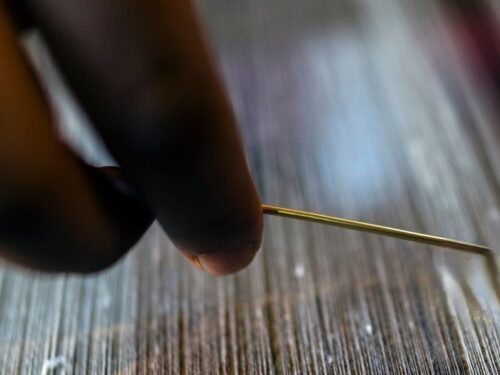
14 December 2023
Real Handmade Pashmina Shawls at Wholesale Price
Introducing the epitome of elegance, the pinnacle of luxury – the...
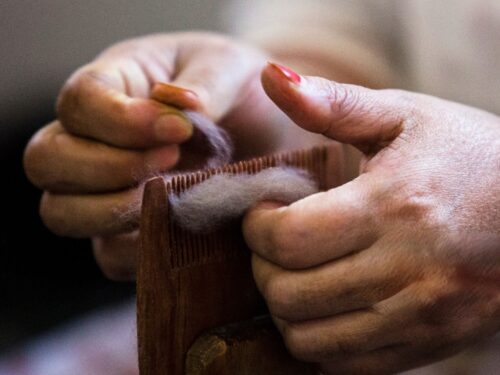
14 December 2023
Quick Tips on How to Care for Pashmina Shawls
Taking proper care of your genuine real pashmina shawl is essential to...
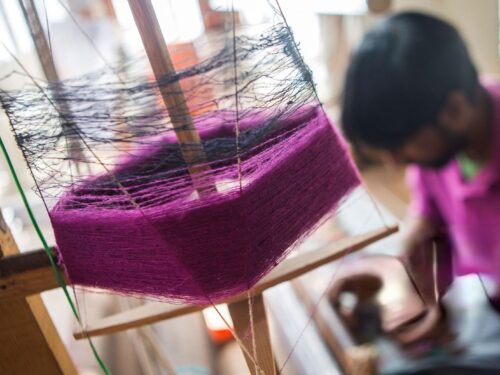
14 December 2023
Authentic Pashmina Shawls Guide for First Time Buyers
Buying a Real Pashmina Shawl for the first time can be an exciting and...
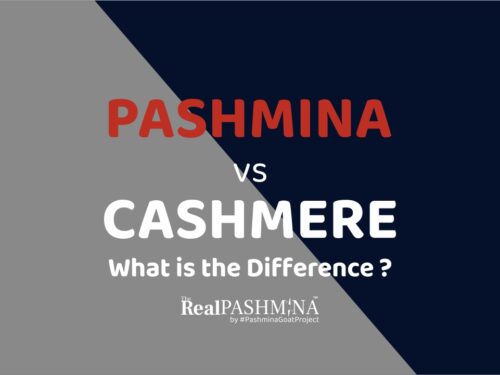
14 December 2023
Pashmina Vs Cashmere. What is the Difference ?
Pashmina Vs Cashmere. What is the Difference ? It was the 15th century when...
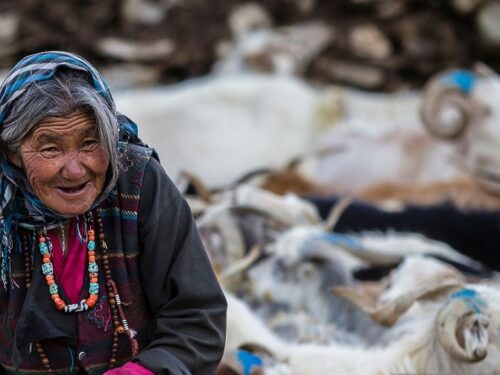
14 December 2023
The Shepherdess of the Real Pashmina Eco-System | The Last Generation in Sight
The Shepherdess of the Pashmina Eco-System This may be the last generation...
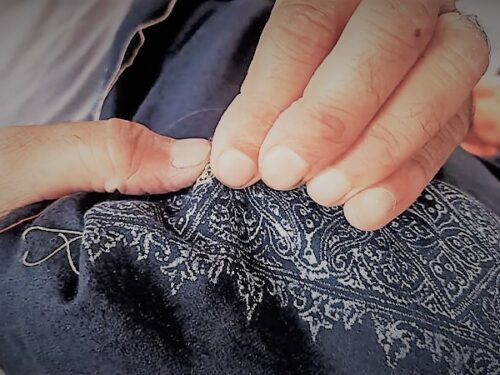
14 December 2023
What are the 7 Real Pashmina Embroideries ?
The 7 Pashmina Embroideries that have constantly created masterpieces on The...
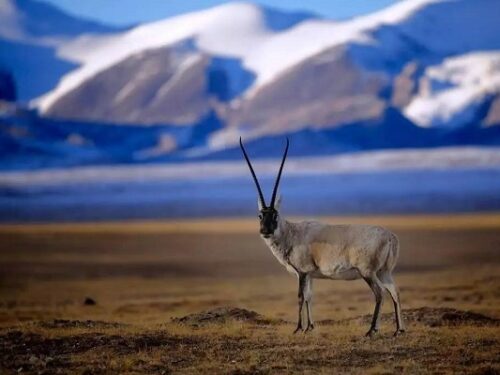
14 December 2023
Why Is SHAHTOOSH Banned?
Shahtoosh comes from the Tibetan Antilope Shahtoosh is a type of wool that...

14 December 2023
Empowering Pashmina Communities Through Your Choices as a Consumer
Empowering Pashmina Communities through Your Choices as a Consumer. As a...

14 December 2023
The Real Pashmina Quick Guide To Sustainable, 100% Handmade Pashmina Shawls
The Real Pashmina Quick Guide (Sustainable, 100% Handmade Pashmina Shawls)...
